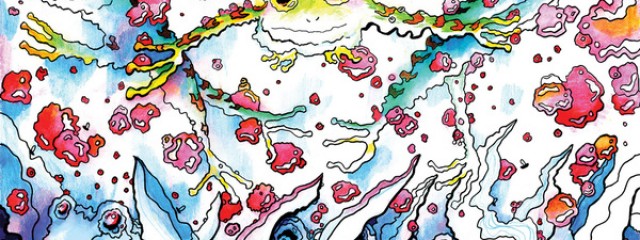Eugene Rosenberg, a coral microbiologist, ran into a rather large problem in the early 2000s. While working at the University of Tel Aviv in Israel, he discovered that he couldn’t replicate his own breakthrough findings from a decade earlier. What seemed like a potentially devastating failure at the time would lead Rosenberg to a new way of thinking about evolution.
In the 1990s, he’d discovered a driver of coral disease. Rising ocean temperatures had begun to cause coral bleaching in the Eastern Mediterranean. No one really understood why bleaching occurred, only that if a coral polyp remained without its algae for too long, it could starve and die. Some argued that polyps expelled algae because, at higher temperatures, the stressed algae stopped contributing to the symbiosis. They became, in a sense, unproductive employees, and were summarily fired.
But after a series of experiments, Rosenberg had come to a different conclusion. He’d noticed clumps of rod-shaped bacteria amassed at the borders of bleached regions of corals, suggesting infection. If he first treated the seawater with antibiotics, killing the resident bacteria, and then raised the temperature on corals in tanks, the corals never bleached. Heat alone didn’t drive disease, it seemed. Bacteria somehow contributed.






